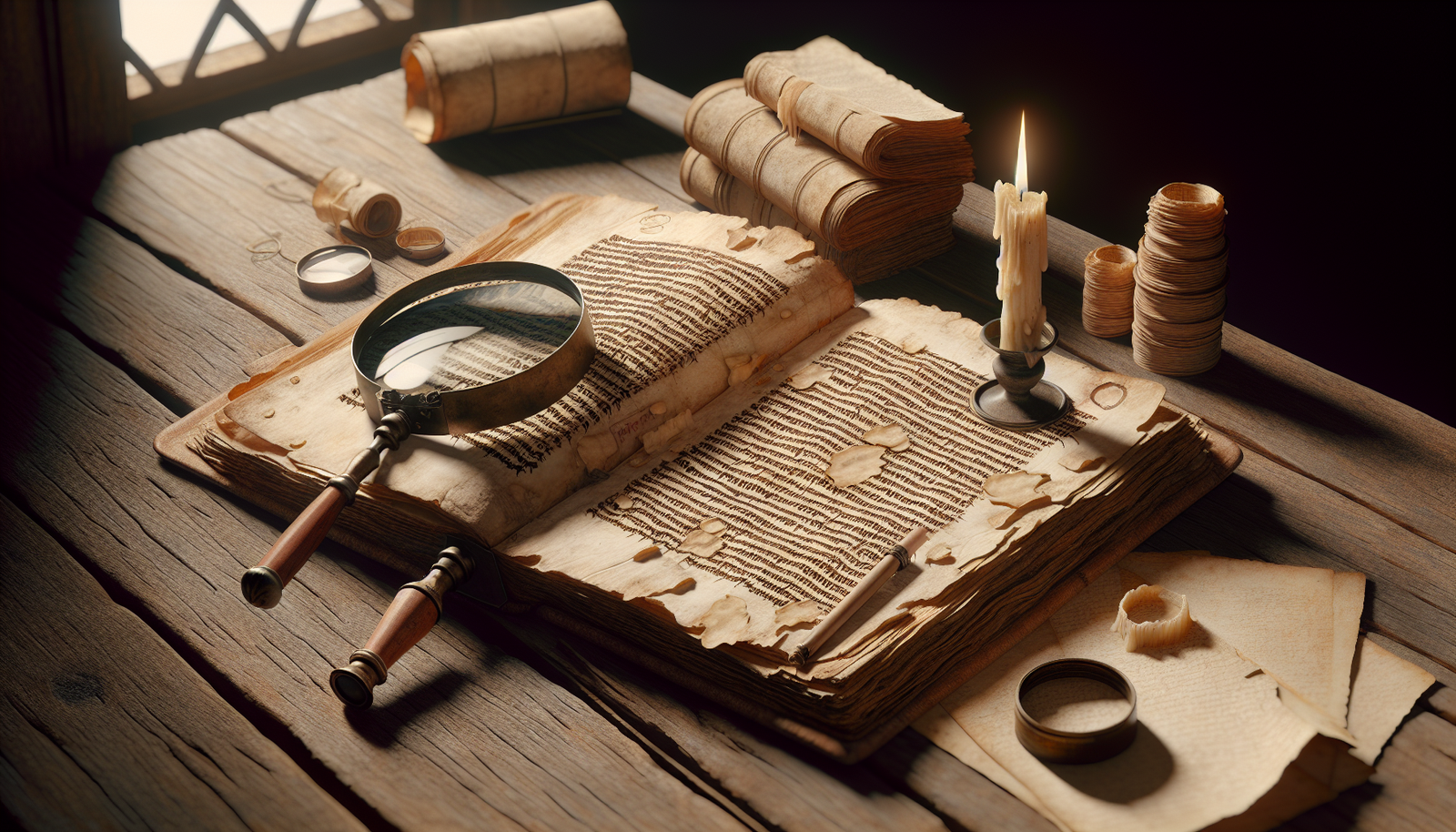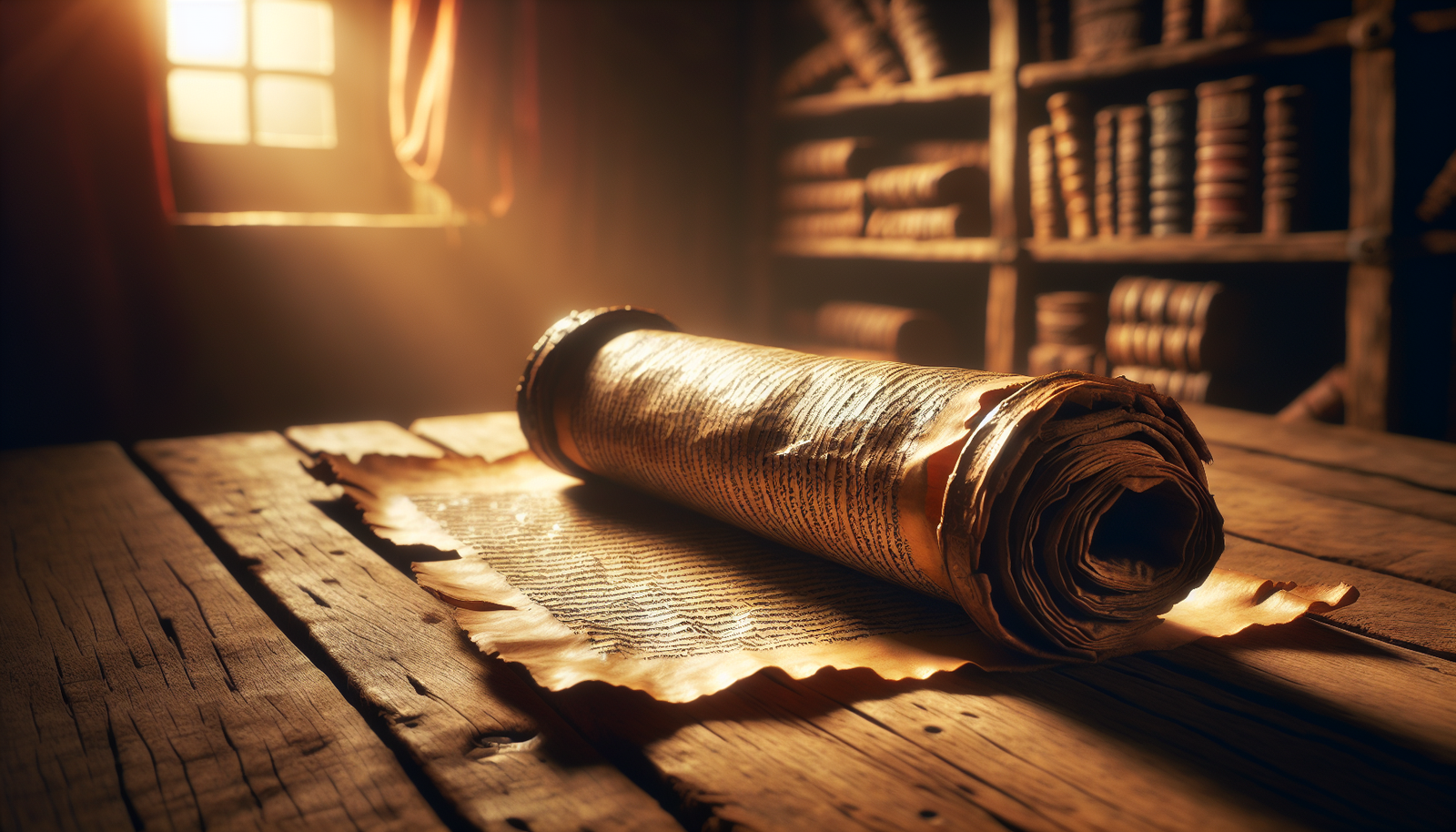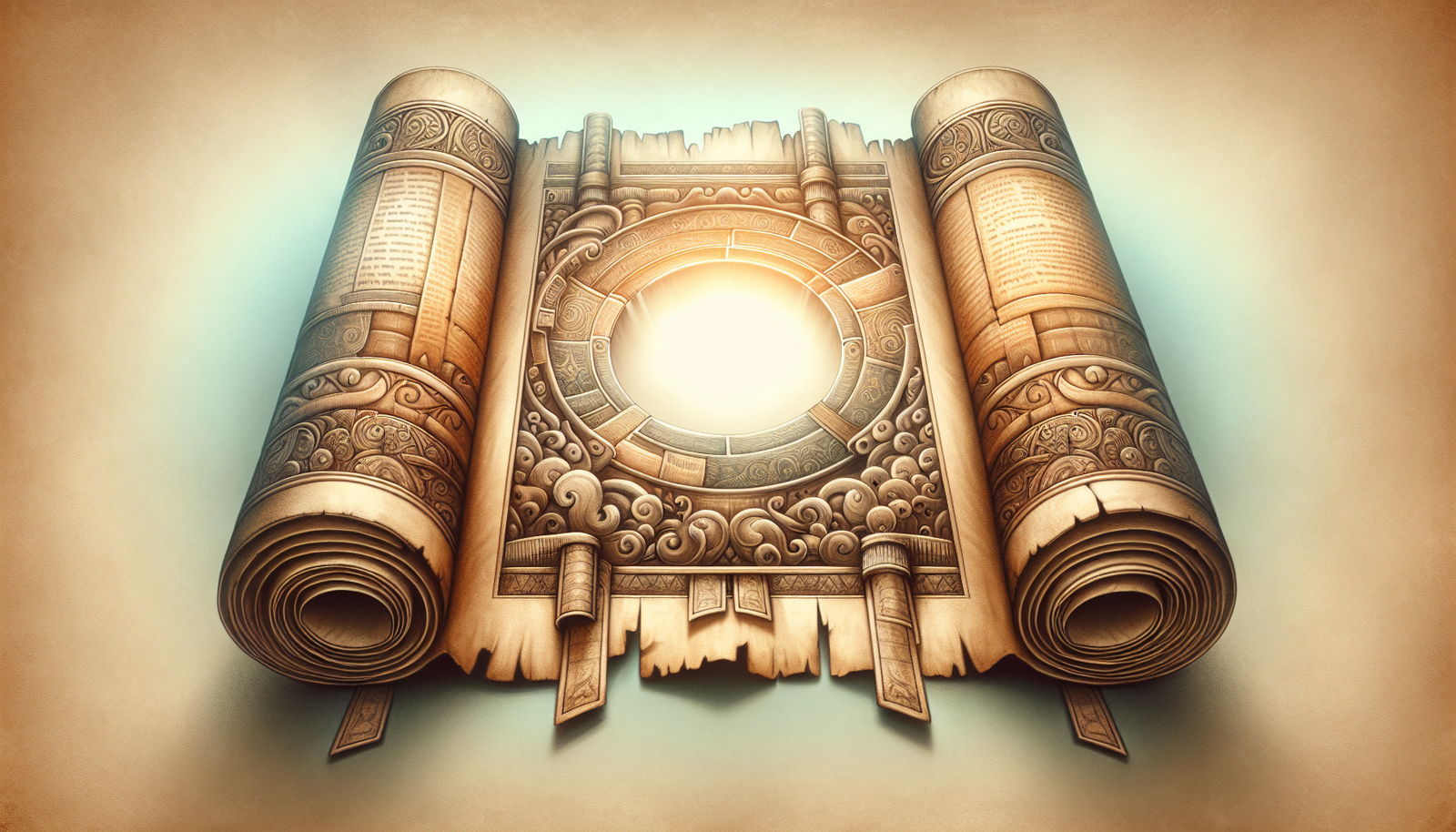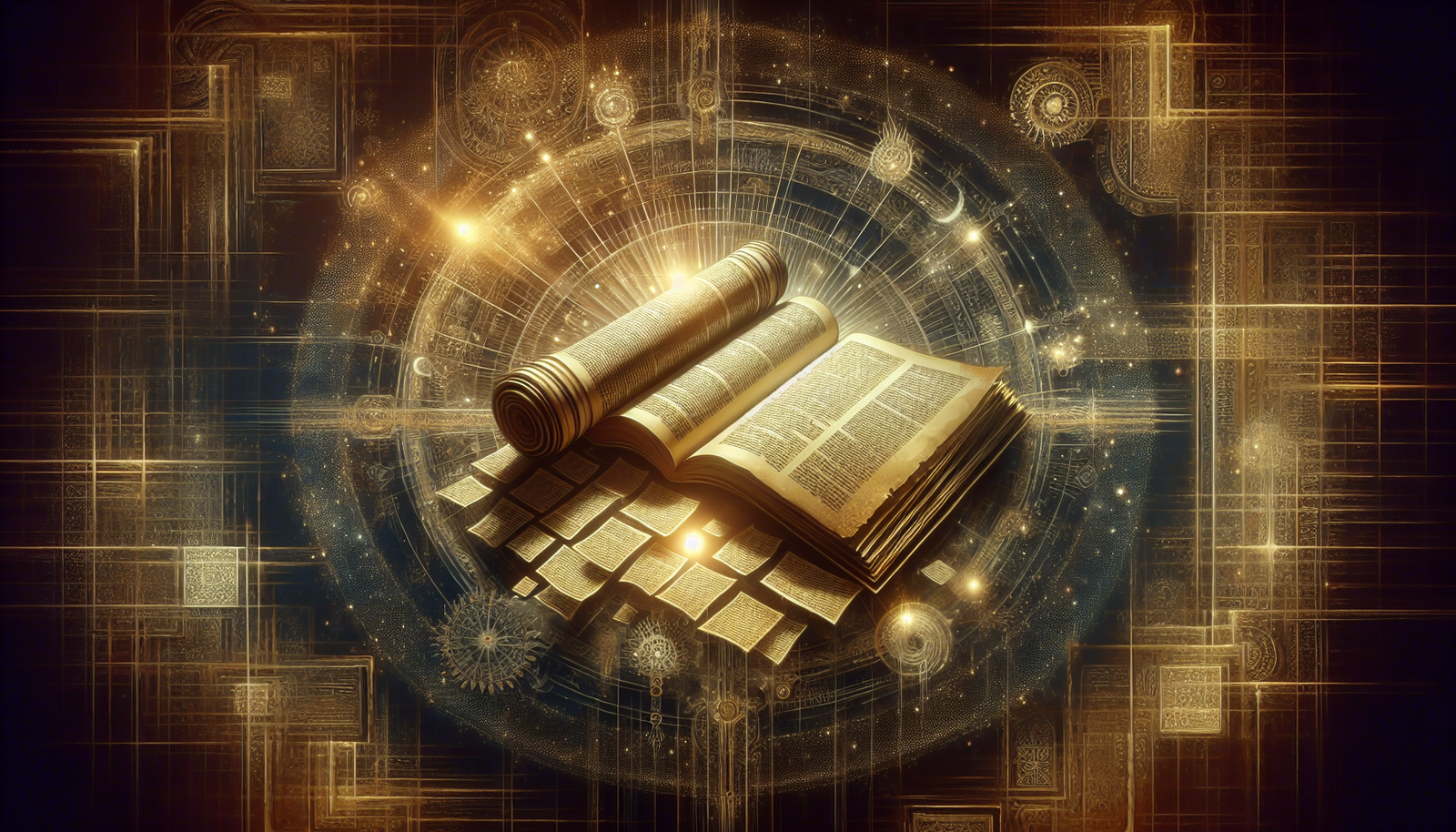Have you ever wondered how scholars painstakingly piece together fragments of history to reconstruct the earliest texts? It’s an intriguing process, one that combines forensic detail, linguistic skill, and archaeological insights. As our understanding of ancient texts continues to evolve, so too do the methods we use to study them, making this a hot topic in 2025.
I’m Dr. Emily Simmons, holding a PhD in Theology, and with years of hands-on experience handling ancient manuscripts. In today’s world, the drive to understand our historical roots is more pressing than ever, especially as technological advances reshape the way we interact with historical texts. With the increasing digitization of manuscripts and the global accessibility of scholarly resources, enthusiasts and researchers alike can delve into the complex world of textual reconstruction, deepening our understanding of human history.
TL;DR Box
Reconstructing ancient texts requires careful analysis of surviving manuscripts, linguistic expertise, and technological tools like digital imaging. Scholars work to establish a text’s history and authenticity by comparing copies and using scientific dating methods. This endeavor helps us understand historical, religious, and literary contexts, which is crucial in an interconnected world increasingly interested in its shared cultural heritage.
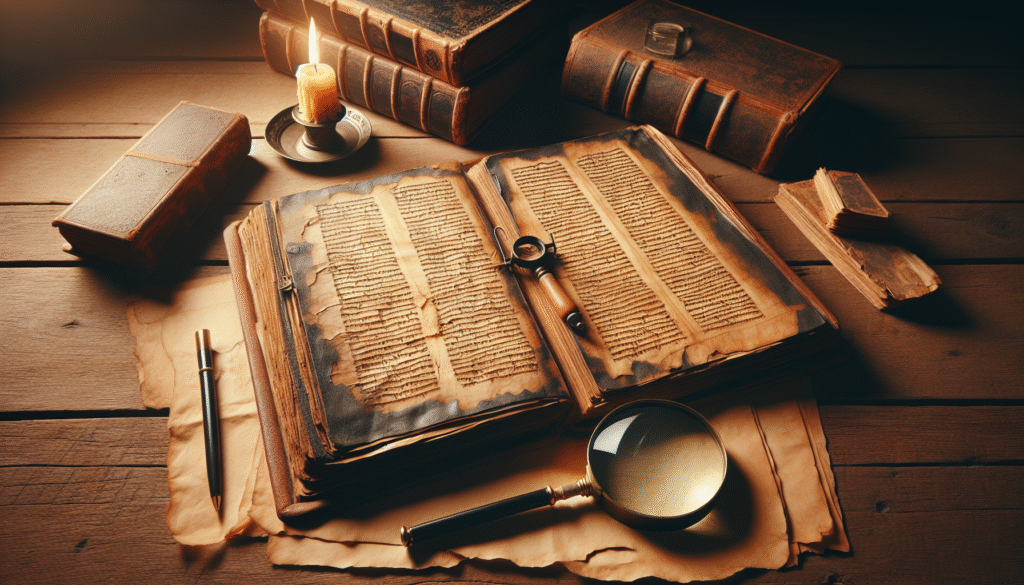
The Blueprint of Textual Reconstruction
Reconstructing early texts is akin to solving an elaborate, multi-layered puzzle. Scholars often deal with limited resources, as many ancient texts survive only in fragmentary states or as copies of copies. Here, we’ll explore the methodologies employed to authenticate and restore these cultural treasures.
Manuscript Analysis: The First Step
The first step in reconstructing a text is examining the existing manuscripts. Researchers might spend years poring over texts in libraries or vaults, examining variations and transmission histories. Through decoding scripts and documenting physical conditions, scholars can learn much about a text’s journey through history.
These ancient manuscripts—ranging from the Dead Sea Scrolls to the Codex Sinaiticus—offer insights into linguistic evolution, regional variants, and the scribes’ pedantic habits. Such details help in tracing the origins and pathways of textual transmission.
The Toolset: From Codices to Digital Tools
While traditional methods of textual criticism are invaluable, modern technology has revolutionized this field. High-resolution digital imaging, multispectral analysis, and AI algorithms now assist in reading and interpreting texts that have faded with time. Imagine standing in a manuscript vault, using a digital scanner to reveal hidden ink or writing between faint lines.
The combination of these tools with scholarly insight allows for enhanced analysis, helping scholars recreate original texts rather than mere speculative versions.
Linguistic Expertise: Unpacking Ancient Languages
Understanding ancient languages is crucial in reconstructing texts. Linguists unravel complex languages, decipher codes, and contextualize scripts. This linguistic skill is not just about translation; it’s about understanding historical, cultural, and phonetic nuances that may influence text interpretation.
The Historical Context: Unearthing Society’s Story
Every text tells a story that extends far beyond its words. Reconstructing these works requires an understanding of the cultures and societies from which they emerged. With this knowledge, scholars can better comprehend a text’s purpose, its intended audience, and its impact on or reflection of the society it served.
Verifying Authenticity: Ensuring Accuracy
Textual reconstruction is meaningless without verifying authenticity. Advances in radiocarbon dating and material analysis help confirm the age of a manuscript, while comparative studies ensure the text remains faithful to its original form. Through critical examination and comparison with other sources, scholars can confidently authenticate their reconstructions.
The Ongoing Story: Why It Matters in 2025
As we draw connections between past and present, understanding ancient texts becomes increasingly significant. Given today’s emphasis on global interconnectedness, knowing our shared histories enriches cultural dialogues and fosters mutual respect. The endeavor to reconstruct early texts is an ongoing journey to bridge historical divides and glean insights that resonate in our contemporary world.
Conversations in Faith: The Religious Dimension
Religious texts are key aspects of textual reconstruction, holding immense implications for faith-based communities. These texts shape beliefs and traditions, impacting millions worldwide. From the Masoretic Text to the New Testament’s early versions, understanding these documents is vital to religious conversations in 2025 and beyond.
The Literary Legacy: Celebrating Ancient Literature
Ancient texts extend beyond religious or historical importance. Many are literary masterpieces, offering narratives that transcend their time. As scholars reconstruct these texts, we rediscover artistic expressions and storytelling techniques that influence writers even today.
A Window into the Past: Historical Insights
Each reconstructed text serves as a historical document, granting us glimpses into the past. They reveal societal norms, laws, philosophical thoughts, and day-to-day life in ancient civilizations. This deeper historical understanding unfolds new questions and explorations, weaving a richer tapestry of our human heritage.
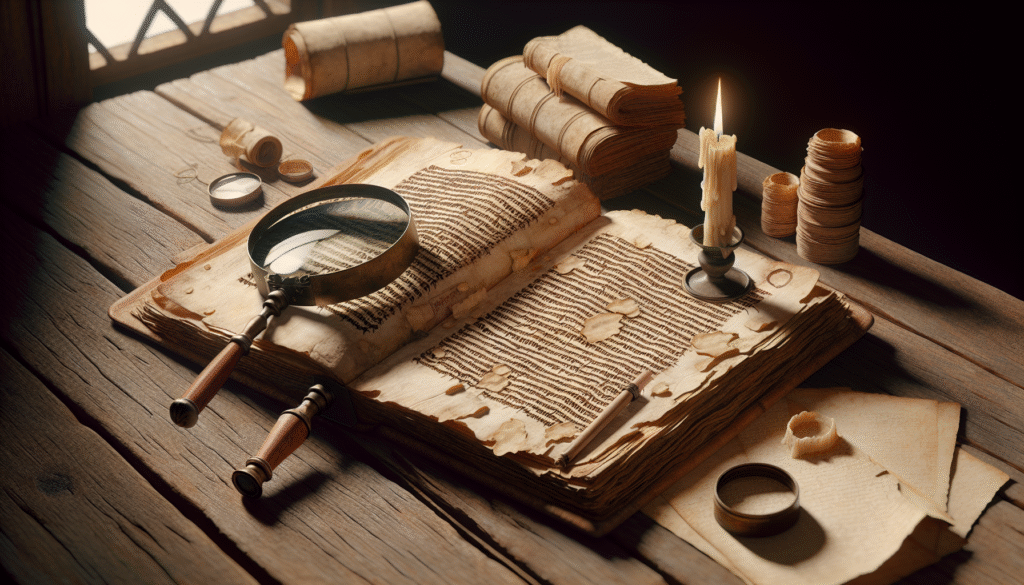
The Academic Landscape: Schools and Scholars
Educational institutions around the world dedicated to ancient text study form a vast network of scholars committed to this reconstruction process. Students, researchers, and academics engage in interdisciplinary studies that merge linguistics, archaeology, and computer science to further this collective mission.
The Future of Textual Studies
With continuous technological advances, the reconstruction of ancient texts is becoming more precise and accessible. New methods promise deeper insights, while greater digital archive availability democratizes this field, inviting a broader audience to engage with humanity’s oldest stories.
FAQs: Common Questions About Textual Reconstruction
How do scholars determine the age of a manuscript?
Scholars use techniques such as radiocarbon dating and material analysis to estimate the age of a manuscript. Comparing handwriting styles and language usage with known historical periods also helps establish timelines.
What is textual criticism?
Textual criticism involves examining manuscripts to reconstruct an author’s original work. Scholars compare different copies, identify and correct errors, and study the text’s historical transmission.
Why are some texts only available in fragments?
Many ancient texts survive in fragments due to material degradation, historical conflicts, or intentional destruction. Their survival is often a result of favorable environmental conditions or fortuitous discovery.
How do digital tools help in reconstruction?
Digital tools reveal hard-to-see details through imaging techniques, helping scholars read and analyze faded or damaged texts. AI assists in piecing together fragments and correcting textual errors.
What role do academic institutions play?
Academic institutions provide resources, expertise, and collaborative environments crucial for studying ancient texts. They support research, offer specialized training, and help publish scholarly findings.
People Also Ask: Connecting with Your Curiosities
Why is reconstructing texts important today?
Reconstructed texts enrich our understanding of history, cultural dialogues, and literary traditions, which are particularly relevant in our globally connected world.
What challenges do scholars face?
Textual reconstruction is challenged by incomplete manuscripts, linguistic barriers, and the need for advanced technological resources to read and analyze ancient texts.
Can anyone read ancient scripts?
Specialized knowledge is required to read ancient scripts, involving extensive study of languages, scripts, and historical contexts.
Are digital versions of old texts accurate?
While digital versions can improve accuracy by revealing faded text and corrections, they still depend on scholars’ interpretations and expertise for precise reconstructions.
What’s the oldest known text reconstructed?
Some of the oldest reconstructed texts include portions of the Epic of Gilgamesh and tablets from Mesopotamia, dating back over 4,000 years.
